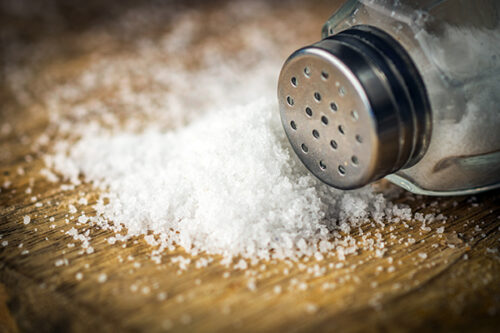Common Health Problems: Liver Disease, Hepatitis, and Liver Failure
Standard Practice:
The function of the liver is to detoxify and excrete a variety of substances consumed in the diet and waste products of our body’s metabolism. The liver also produces proteins necessary for the clotting of the blood and a protein called albumin that serves to keep fluid in the blood vessels. A failing liver results in the accumulation of breakdown products of metabolism, edema, and finally coma and death.
There are many causes of liver disease; the most common are infections with viruses and alcohol. Continuous injury with either of these agents results in permanent loss of liver tissue. One of the changes in the liver that occurs during injury is the accumulation of fat within the liver cells. This condition known as fatty infiltration commonly occurs in alcoholism, diabetes and obesity, and is in part due to a high-fat diet. With severe liver damage, liver cells are replaced by extensive scar tissue–the condition is known as cirrhosis of the liver.
Current Treatment:
Liver damage is first treated, whenever possible, by stopping drinking alcohol, especially when alcohol is the primary cause. The recommended diet for anyone suffering from liver disease is high in carbohydrate, low in protein, low in fat diet, and low in sodium.
Drugs are used to help control some of the complications of the ailing liver. Diuretics are often given to help relieve the edema and partially compensate for the patient’s poor compliance to a low-salt diet. Drugs, such as lactulose, decrease the absorption of protein from the intestine, and thereby further reduce the protein load to be handled by the liver. Steroids are sometimes used to decrease inflammation.
Drawbacks:
Medications deal primarily with symptoms and fail to prolong the patient’s life in most cases. Survival is not improved with the use of steroids and other antiinflammatory drugs. Unfortunately, strict adherence to a healthy diet is rarely encouraged by the physician until liver disease is far advanced. By this time there is too little liver left to make much of a difference.
The McDougall Program:
The McDougall Program: (Dietary and Lifestyle Implications):
The treatment of liver disease is primarily with a low-fat, low-protein, high-complex carbohydrate starch-based diet started early–long before liver failure is advanced. A healthier diet will relieve much of the burden on the diseased liver, since a large part of the liver’s function is to metabolize excess proteins, cholesterol, fats and additives from the diet. The low-fat quality of the McDougall diet helps relieve the fatty infiltration stage of the liver disease; there is a gradual disappearance of fat from the liver in four to eight weeks along with the improvement in diabetes and weight loss following the introduction of the diet. Progress can often be measured by reduction in the liver enzymes, SGOT and SGPT, seen by blood tests.
Current Therapy:
A person with liver failure must be as kind to his or her body as possible primarily by avoiding toxic substances and making food choices that are not excessive in fats and proteins. Low-sodium may be important in advanced liver failure to reduce fluid accumulation. Because all foods are naturally plentiful in protein it is often necessary to make-up as much as half the diet from “empty calories” foods in the form of simple sugars such as white sugar or corn syrup in order to dilute the protein content of the starches, vegetables and fruits to a tolerable level.
Recommendations
+-Primary prevention of liver disease means avoiding injury. For alcohol this means don’t drink excessively. In the case of hepatitis virus infections this means “safe sex,” clean needles, hygienic living, and avoiding blood transfusions. There are also effective vaccines for people at high risk of contacting viral hepatitis.
Benefits from dietary treatment are real, but limited–you only have one liver–so prevention should be your goal.
References
+-Iturriaga, H. Overweight as a risk factor or a predictive sign of histological liver damage in alcoholics. Am J Clin Nutr 47:235, 1988
Editorial-Towards prevention of alcoholic liver disease. Lancet 2:353, 1978
Takada, A. Effects of dietary fat on alcohol-pyrazole hepatitis in rats: the pathogenic role of nonalcohol dehydrogenase pathway in alcohol-induced hepatic cell injury. Alcoholism 10:403, 1986
Walker, A. Anomalies in the prediction of nutritional disease. Nutrition Reviews 19:257, 1961
Greenberger, N. Effect of vegetable and animal protein diets in chronic hepatic encephalopathy. Dig Dis 22:845, 1977
Recommended Articles

Salt: The Scapegoat for the Western Diet

What Is the Life Expectancy with Heart Disease and Diabetes?







